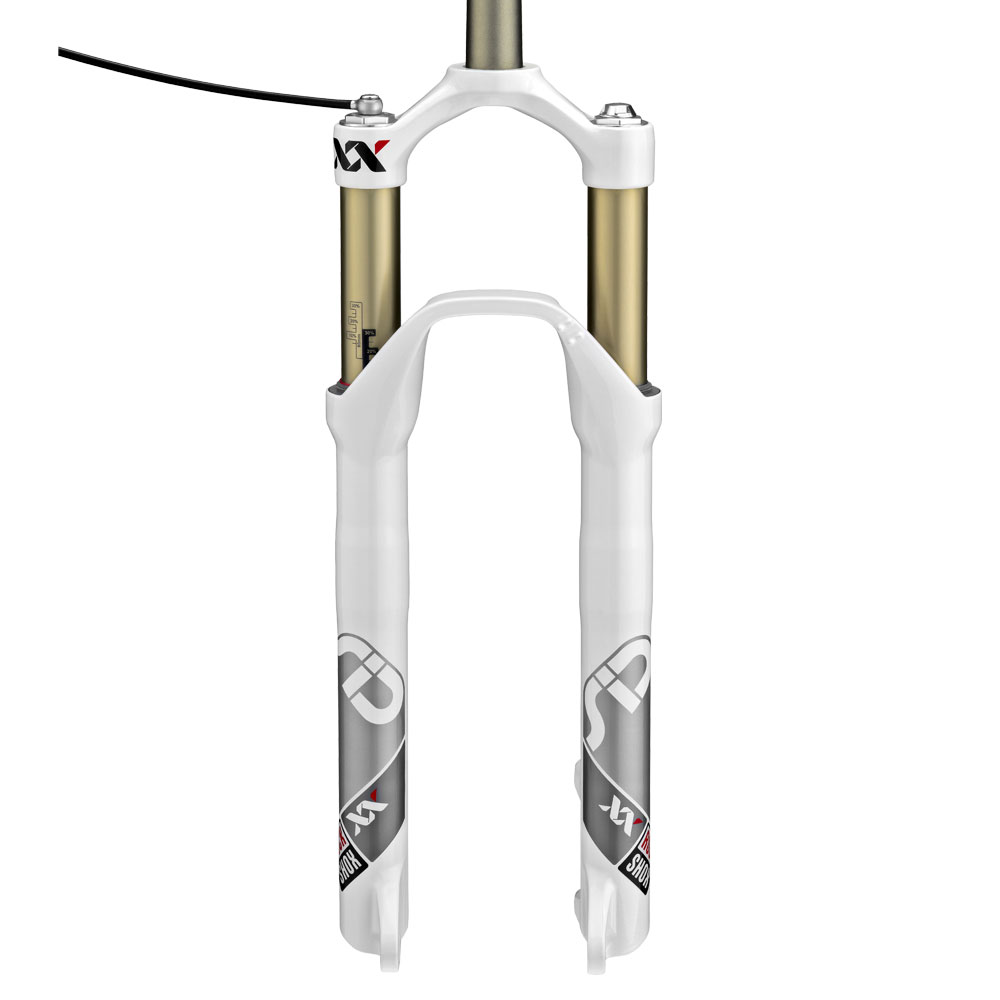
A bit more elegant solution could be devised, but we decided to simply export the song again with a different base address to support those pesky cards at $fe80. After this you should be able to export the tune so that it can be played back on a Plus/4. 886000 is probably good enough, but if you want to be precise the exact value is 886723, at least according to my newbie calculations. A few rows later you can set Custom SID clock cycles. Scroll a bit forward and you’ll find the base address ($d400), which you can change to $fd40. On *nix systems you should find the file at ~/.goattrk/goattrk2.cfg. It doesn’t support Plus/4 right away, but can be easily configured to do so by fiddling with the configuration file.
#Goattracker dual sid manual
It took some manual fiddling and the end result isn’t 100% faithful to the original, but good enough. Our demo, The First Ball, was first coded and composed for the C64, so the tune had to be converted.
#Goattracker dual sid software
There is software that can help to automate the process in some cases. Thus, notes and other parameters need to be finetuned for the new SID frequency. NST’s Audio Extension contains a separate 985 kHz clock that solves the problem, but simpler cards don’t. In effect, a tune composed for C64 will be off-key and most effects such as ADSR envelopes will sound wrong. The rate is halved from the main CPU clock frequency on the cart. On a C64 the SID runs at 985 kHz, but on a SID card the basic frequency is around 886 kHz – about 11% less.

Unfortunately, there’s a bit more to it than just that. Modern SID cards, such as the aforementioned Synergy or NST’s Audio Extension, readily accept both for compatibility reasons. Not a huge problem to support two base addresses, even though some extra work is required. According to this PCB design, apparently known as Synergy SID-Card, there is a “German” version, which resides at $fd40 (de facto standard these days) and the “Hungarian” version, which can be found at $fe80. On a C64 the registers reside at $d400, which is very inconveniently in the middle of the free memory on a Plus/4, so they had to be relocated. To remedy the situation, some Plus/4 hackers designed so-called SID cards, which occupy the module port and contain a real SID chip, these days most likely a 8580 because of its better capabilities and lower voltage. TED contains just two simple sound channels, so it can’t really reproduce the glorious SID sounds. So far so good, but converting the audio is a completely different matter.

Plain PETSCII-based stuff should be rather easy to port between the two: change the character/color RAM writes to a different address, remap the colors and fix the MMIO addresses. Lately I’ve been looking a bit into Commodore 64 and Plus/4 programming and even got a couple of demos done with friends.


 0 kommentar(er)
0 kommentar(er)
